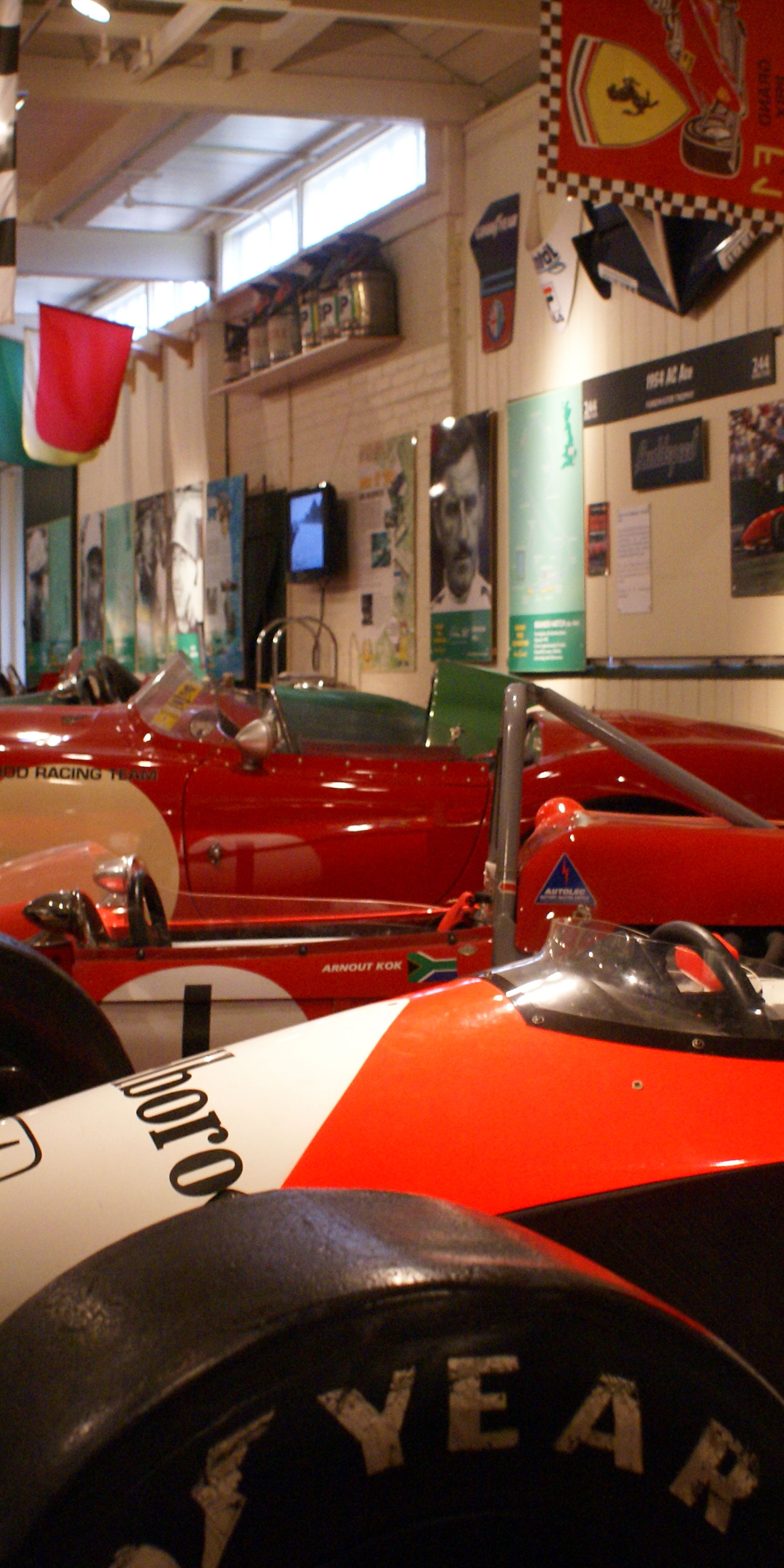Brooklands Stories: John Mayall and the Velocipede
23 January 2021
Brooklands Museum volunteer Peter Kearns shares the tale of John Mayall and the Velocipede in the first of new Museum from Home series looking at the stories of the people connected with the Museum exhibits.
A great deal of technological change went on in the Victorian and Edwardian period. The Mayall family were examples of early adopters in different fields. John Jebez Mayall was a pioneer in photography, being famous for his early photographs of Queen Victoria and the only known photograph of Charles Dickens’ wife. His grandson, John Toby Mayall, was apprenticed on the Cutty Sark, in its day the latest technology in fast sailing cargo ships.
Between them was John Mayall of Camden. This John took up the 1860’s interest in the bicycle. In 1865 he purchased a Velocipede, the latest machine just imported from France. He spent some time riding around London, with the locals gawping at him, since the bicycle was an astonishing thing at the time. He then had a go at riding it from London to Brighton. This first attempt took him as far as Redhill, where he gave up, exhausted. Early in the following year he tried again, along with two friends on bicycles, and followed by a reporter from the Times in a carriage. The two friends gave up at Redhill but Mayall made it all the way to Brighton.
On arrival, he was met by John Jebez Mayall who, of course, took photographs of him. They then went off for a hearty dinner followed by a concert in the Grand Hall in Brighton. Since then, many people have cycled from London to Brighton, usually for charity, and on much lighter machines, complete with multiple gears, brakes that work and pneumatic tyres.
The Velocipede is a very heavy machine. It has a fixed pedal crank, so the rider cannot ‘free-wheel’. If going fast downhill, the rider can easily suffer from a bruised or broken leg if the pedals spin round and hit the back of a leg. The Velocipede therefore has hock rests sticking out over the front wheel, the rider needs to bend almost double and rest the hocks (lower leg) on them to get them out of the way of the fast-turning pedals.
There is only one brake on the Velocipede. It is a steel lever that is pushed against the steel tyres, presumably resulting in a shower of sparks. The braking lever is connected by a piece of string to the handlebar and is activated by twisting the handlebar to shorten the string – while trying to steer in the right direction.
It is fair to say that John Mayall of Camden started a fine tradition, but he certainly did it the hard way.
Peter Kearns, Brooklands Museum Volunteer

